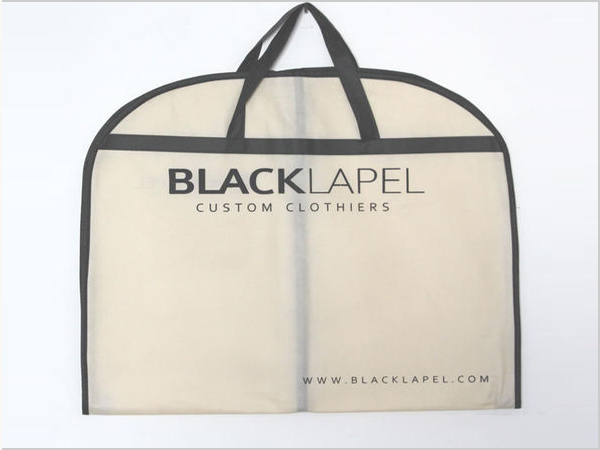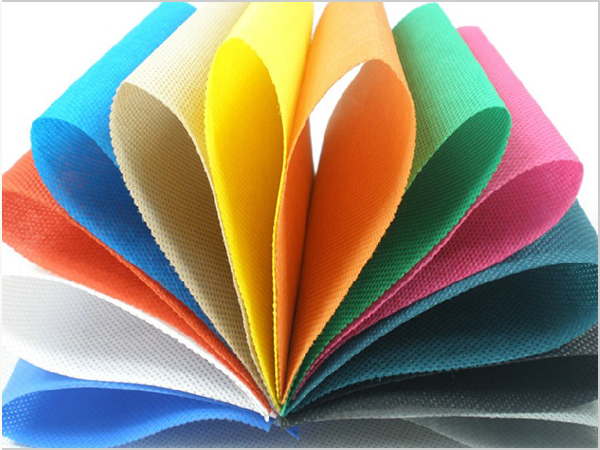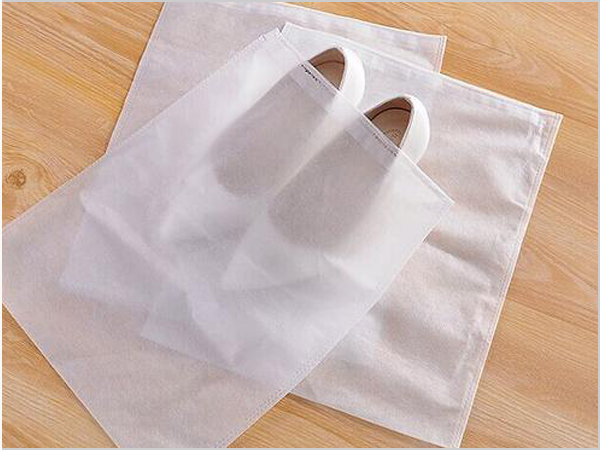- Xiangshuo has stood out in the field of spunbond nonwoven fabrics!
- How should enterprises respond to the impact of repeated tariffs
- PP non-woven fabric is a new type of environmental protection material!
- Under the tariff challenge, the textile and garment industry has a new opportunity
- Spunbonded non-woven fabric is an efficient, multi-functional modern material!

- Telephone: 0551- 66779966
- Cellphone: 18955130444
- Email: 58792982@qq.com
- Address: Building 1-2, East of Wubu Village Section, Hehuai Road, Wushan Town, Changfeng County, Hefei City, Anhui Province
As we all know, color mixing is a very important basic skill in printing and dyeing industry. Scientific method of color mixing can greatly improve production efficiency and reduce resource waste.
1. Preparation before color mixing
Dye selection
According to customer samples, to understand the fastness performance of the selected dyes and customer requirements for each fastness, in addition, to understand the operability, stability and safety of the selected dyes. Finally, there is the need to control costs and reduce emissions.
Two, three primary color color
Primary color blending is a common method, and most samples can be dyed by primary colors. If the properties of the dyestuffs used in the samples are similar or consistent with the dyestuffs used in the samples, then the heterochromatic spectrum is small or no heterochromatic phenomenon. General dye manufacturers will recommend the combination of three primary colors with different dyeing depths according to the directness, transferability, diffusivity, lifting, reactivity and other indicators of each dye. For example, Clariant acid dyes come in light primary colors: Yellow E2RL or E4RL, Red EBNL, Blue EBGL; Three primary colors: YellowN3Rl, Red N2RBL, Blue NBLN; Medium dark economy triad: Yellow N3RL, Rubine N5BL, Blue NRL or NRBL.
After selecting the dye, you need to get the first prescription. Generally, there are two ways:
First, the use of computers and software to automatically find the first prescription near the database previously entered into the computer; Or according to the computer input the different concentration of each single dye color data (also known as monochrome data), the computer calculates the first prescription.
Second, according to the retained historical sample card, the customer sample can look for the close historical sample card, after correction to get the first prescription. The following continuous rolling dyeing processing method to explain the three primary color mixing method.
2.1 Depth before hue
The human eye is sensitive to the hue of the three elements of color, followed by purity, and is slow to brightness. The color of the same dye will change at different concentrations, especially in darker colors, such as Clariant Navy and NRBL. The darker the blue, the redder the color. And dye in a certain depth to reach saturation, even increase the amount of dye, the amount of color will not increase. In this way, if the color is consistent, the depth is different, and the dye is increased or reduced in the same proportion, it often leads to the change of hue and light. Therefore, we need to adjust the depth on the basis of ensuring that the hue is close, and then adjust the hue.
Generally speaking, the red single depth increases, the more yellow its color light; When the single depth of jujube red increases, its color light becomes bluish-black. Sapphire blue single depth increases, the redder its color light; Black single depth increases, its color light more reddish-yellow; The higher the depth of the coffee color, the bluer the color light. Master the change law of color light with depth, but also depth, hue together, color efficiency can be higher.
2.2 Percentage addition and subtraction algorithm
Percentage addition and subtraction is the basic algorithm in color mixing. Such as proofing with a dye mass concentration of 1 g/L, then visual or computer color measurement that should be increased to 1.1 g/L, the algorithm to add 10%.
2.3 Exchange method
Transposition method is used when the color action is larger. For example, proofing with a dye 0.5g /L, the customer sample thought to increase to 1 g/L, that is, increase by 100 %, then can turn to the customer sample to have taken samples, to see whether the customer sample think 1 g/L minus 50 % to the color of the sample. In this way, the accuracy of color mixing can be verified and corrected.
2.4 Pincer attack
The sandwiching method is to find the location of the target sample in the multiple samples that have been played. For example, the amount of dye used in small sample A is 0.8 g/L, and the amount of dye used in small sample B is 1.1 g/L. It is found that sample A is shallow and sample B is deep. At this time, the sample is placed between A and B. Visually, the distance difference between sample A and sample B is twice as big as that between sample B, so the amount of dye is about 1 g/L.
2.5 Straddle method
The straddle method deduces the location of the sample from the multiple samples that have been played. For example, the amount of dye in sample A is 0.7g /L, and the amount of dye in sample B is 0.9g /L. For customer sample, A and B, the amount is not enough. Visually, the amount to be increased from sample B to customer sample is half of the amount to be increased from sample A to sample B, and the amount of dye is 0.9g /L+ (0.9-0.7) /2 g/L=1 g/L.
2.6 Computer color modulation
When the dyeing process conditions are fixed and controllable, and the input data system is correct, the computer color matching has high accuracy and stability. But in practice, especially in the workshop production, will be due to a variety of uncontrollable factors and greatly affect the effectiveness of the computer. So on the one hand, we should constantly strengthen and improve the controllability of production conditions, on the other hand, we should try to reduce the randomness of human operation, in order to really play the role of computer color modulation.
Three, non-three primary color palette
Subject to certain conditions of dye selection, such as to improve the stability of mass production; Or a dye color is close to the customer sample, just add a small amount of other dye adjustment can achieve the customer sample color; Or customers have high requirements for isochromatic spectrum and can not do it with three primary colors, then non-three primary colors or partial selection of non-three primary colors.
According to the subtraction principle of color combination, non-trichromic dye color light can be understood as the combination of multiple trichromic dyes, and in practice, non-trichromic dye color light can generally be composed of multiple trichromic dyes. For example, red can be composed of about 20% of trichromic yellow and about 80% of trichromic red. Because the dye light, force and lifting force produced by each dye manufacturer are different, so in practice, we can use the three primary colors to make samples and adjust colors to a certain non-three primary color dye light, in order to grasp the proportion content of the three primary colors contained in the non-three primary color dye light, and lay the foundation for the efficient color mixing of non-three primary colors. After the non-trichromic dye is clearly analyzed, the color can be adjusted according to the trichromic method.
- Xiangshuo has stood out in the field of spunbond nonwoven fabrics!
- How should enterprises respond to the impact of repeated tariffs
- PP non-woven fabric is a new type of environmental protection material!
- Under the tariff challenge, the textile and garment industry has a new opportunity
- Spunbonded non-woven fabric is an efficient, multi-functional modern material!
- By the wind of gold, silver and silver, Keqiao Textile set sail
- PP non-woven fabrics occupy an important position in many fields!
- Textile industry is tested How should textile people cope with such challenges?
- What is the production process of spunbonded nonwovens?
- How to achieve revenue growth driven by policy dividend and technological revolution?



